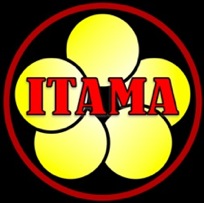Jujutsu (or, Jiujitsu) is considered the mother of all Japanese martial
arts.
Once called taijutsu or yawara, jujutsu is a system
of attack and defense methods that include evading, throwing, striking,
and
joint locking skills.
|
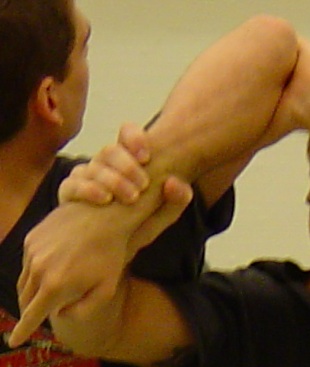
|
Judo, developed by Jigoro Kano, is both a martial art and Olympic
sport that derived from classical jujutsu. It is a very physically
demanding study, because right from the start, students
learn to freely grapple with each other in a fast-paced, dynamic
contest. The goal is to throw the opponent to the floor and work for a
submission.
|
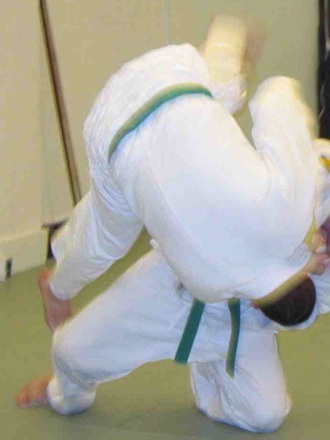 |
Iaido is the art of drawing the Japanese sword, the katana. An iaito,
or
non-sharp practice sword, is used during class. Muso Jikiden
Eishin-Ryu Iaido is the
second oldest extant Japanese Martial Art.
|
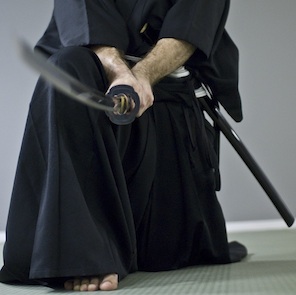
|
|
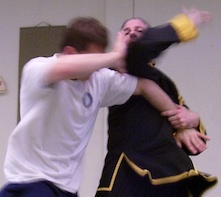 |
The term Nei Jia, made popular by Sun Lu Tang, refers collectively to
the internal Chinese Martial Arts of
Tai Chi Chuan, Ba Gua Chang, and Hsing I Chuan. The class is the study
of how these arts flow together.
|
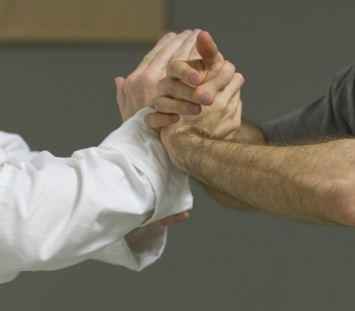
|
Tai Chi Chuan, also called Taiji or
Taijiquan, is an internal Chinese Martial Art that focuses on postural
and deep breathing exercises. The class is highly focused on improving
health and balance.
|

|
Ba Gua Chang, also known as Pa Kua or Baguazhang,
is an internal Chinese Martial Art that was formalized in the early
19th Century by Dong Haichuan. It is a system of attack and defense
based on the I Ching.
|
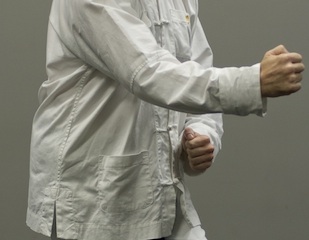
|
Hsing I Chuan, also known as Xingyi or
Xingyiquan, is considered to be the most aggressive style of the
internal Chinese Martial Arts. It is known for its explosive striking
and stepping.
|
|
Karate-do,
the way of the empty hand, involves a complete
training program where the
tenants, values, philosophies, and etiquette of Karate-do are taught
and learned.
|
 |
|
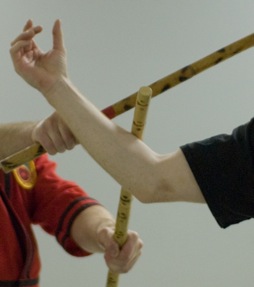
|
Modern
Arnis, developed by Grand Master Remy A. Presas, blends
Filipino
Jujitsu, Karate, and Stick Fighting into a
brilliantly conceived, versatile, and effective martial art.
|
|
